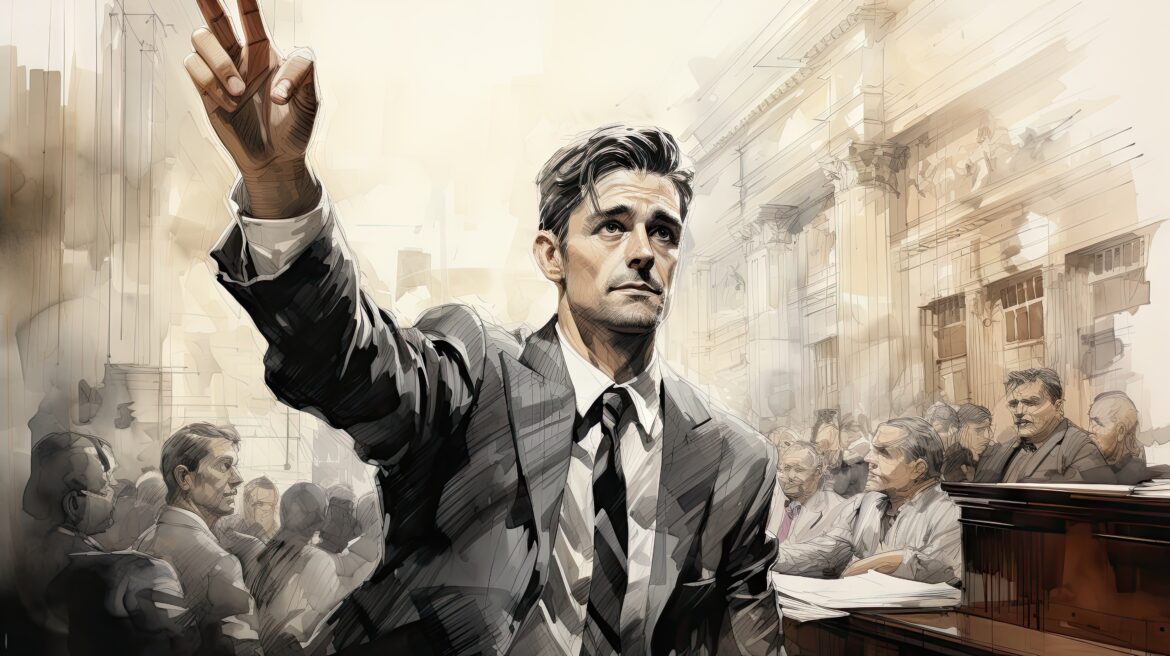Vladimir Lenin is one of the most famous leaders in history. Many people ask, How Did Lenin Use Extremism to His Strategic Advantage during the Russian Revolution? This is a big question, but the answer is not so hard when we break it down. Lenin believed in bold, strong actions. He didn’t like waiting or playing it safe. Instead, he used very sharp ideas and hard choices to get power. Some people call this “extreme,” but to Lenin, it was a smart way to win. He knew that being strong, loud, and fast could help him take control when others were still thinking. He used this in speeches, plans, and even how he handled enemies. This blog will show you how these bold moves helped Lenin win support and power in a time of chaos and change.
What Does Extremism Mean in Lenin’s Strategy
Extremism in Lenin’s strategy means he used very strong and bold actions to reach his goals. Instead of making small changes or waiting for others to agree, Lenin acted fast and hard. He believed that slow steps would not help in a time of trouble. So, he pushed for big changes, like taking land from the rich and giving it to the poor. He also stopped other voices who didn’t agree with him. His extreme ideas got attention quickly. Lenin didn’t mind using fear or force to move his plans forward. For him, this was not just about being tough—it was a smart way to lead. His style was sharp, quick, and powerful, and it helped him rise fast.
How Did Lenin Use Extremism to His Strategic Advantage in the Revolution
Lenin used extremism to take power during the Russian Revolution by acting faster and louder than others. He knew people were tired and hungry. So, he made strong promises right away. He didn’t wait for votes or long talks. He just did what he said, even if it was harsh. He used short, strong slogans like “Peace, Land, Bread” to win hearts. And when people didn’t agree, he pushed them aside. His group, the Bolsheviks, became stronger because they acted quickly and didn’t fear being extreme. Lenin’s smart thinking and bold actions made him stand out in a time when others were scared. That is how he used extremism as a clever move, not just a wild one.
Why Did People Follow Lenin’s Bold and Harsh Ideas
Many people followed Lenin because his ideas were simple, strong, and full of hope. Life in Russia was very hard. People had no food, no jobs, and no safety. Other leaders only talked. But Lenin promised big things fast. He said he would give land to farmers, food to the hungry, and peace to soldiers. He spoke like he meant it. Even though his plans were harsh, they sounded better than doing nothing. Some were scared of him, but most were just tired and wanted change. They believed Lenin could help. His bold words and fast actions made him look like a hero. So, many joined him, hoping for a better life, even if it meant strong and scary steps.
Peace, Land, and Power: Lenin’s Smart Use of Strong Promises
Lenin’s promise of “Peace, Land, Bread” was not just catchy—it was smart and extreme. He knew people wanted simple things: no more war, a place to live, and food to eat. So, he shouted these words everywhere. But behind the simple words were big, tough actions. He ended war, gave land from rich people to the poor, and took control over food. It was fast and harsh. Still, it worked. People felt like someone finally heard them. He made these promises with power and did not wait for rules. That made him different. His strong promises gave him power, and people followed because they wanted change. Even if it was extreme, it felt like a good deal at the time.
How Fear Helped Lenin Beat His Rivals
Lenin also used fear to stay on top. He knew that being liked was good, but being feared could be stronger. His group used secret police and harsh rules to stop anyone who tried to fight back. People who didn’t agree were often sent away or hurt. This made others scared to say no. But fear also made Lenin look powerful. Many thought, “Better to follow than to fight.” So, even rivals stayed quiet. His tough ways kept him safe and made his path to power easier. It wasn’t just smart ideas—it was also scary ones. Lenin used fear not just as a tool, but as a shield to protect his plans and beat his enemies.
Conclusion
Lenin used extremism in a way that helped him win fast and stay strong. He gave people hope with bold words and acted quickly. Many people were tired and scared, and Lenin’s strong steps felt like the only way forward. Even if some plans were harsh, they worked for that time.
His story shows that sometimes strong actions, even extreme ones, can change a country. But it also reminds us to think carefully about who we follow. Lenin’s ideas were big and fast, but they also came with fear and control. We should learn from this history and choose leaders who care for all people, not just power.



